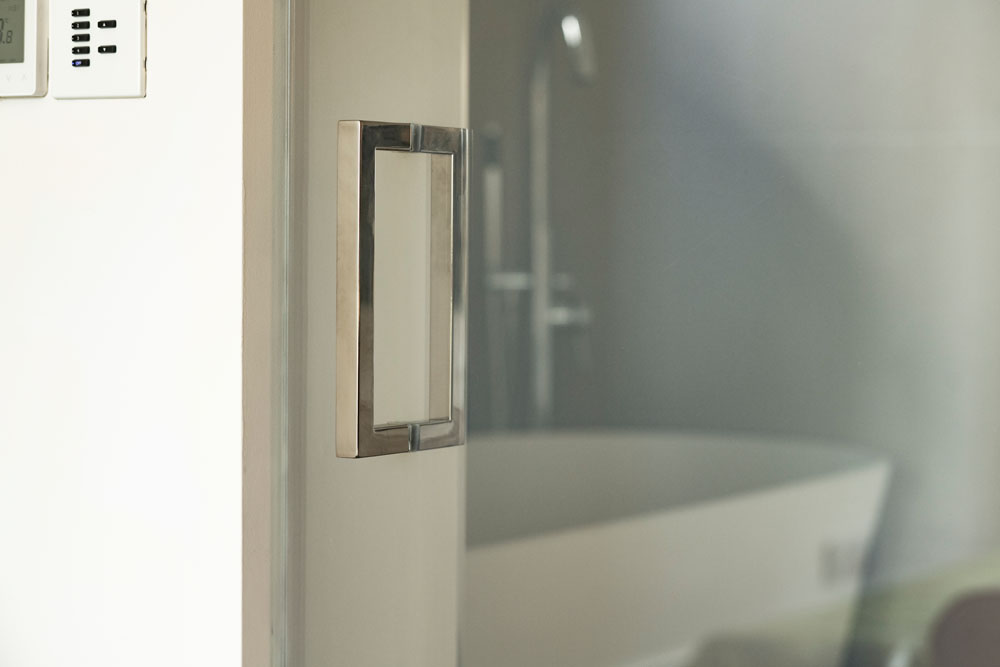Introduction
Glass, an elemental part of architecture and design, has transformed from being merely functional to a captivating design element. In the realm of interior design, the age-old clash between tradition and innovation is vividly demonstrated by the competition between smart glass and traditional glass. With each boasting unique advantages, choosing between them can be a perplexing task.
In this blog, we’ll explore the nuances of smart glass and traditional glass and determine which one is better suited for your interior design aspirations.
Smart Glass: A Modern Innovation
Smart glass, a testament to technological progress, is engineered to adapt to changing environments with a simple touch. Electrochromic technology lies at the core of this innovation, enabling the glass to alter its transparency in response to an electrical charge. Various types of smart glass, including suspended particle device (SPD) glass and polymer-dispersed liquid crystal (PDLC) glass, offer varying degrees of control over light and privacy.
The benefits of incorporating smart glass into interior design are numerous. By optimising natural light, smart glass creates a constantly changing ambience that complements the design scheme. Moreover, it empowers occupants to regulate their privacy by adjusting the glass’s opacity. This dynamic feature, coupled with its energy-efficient properties, positions smart glass as an enticing option for contemporary interior designs.
Traditional Glass: Timeless Elegance
In contrast, traditional glass maintains its status as a perennial choice for interior designers. Its transparency and reflective qualities impart a sense of openness and luminosity to spaces, creating an illusion of greater expansiveness. Stained glass and frosted glass, among other variations, introduce unique textures and effects that infuse character into interiors.
However, while traditional glass retains its timeless elegance, it does have limitations. It lacks the adaptability and futuristic allure of smart glass. Moreover, concerns about energy efficiency arise due to the relatively lower insulation properties of traditional glass.
Comparing Smart Glass and Traditional Glass
When deliberating between smart glass and traditional glass, several factors come into play. Cost is a significant consideration, as the technological components of smart glass often result in a higher price point. Maintenance and durability also play a vital role; traditional glass, with its simpler design, is generally easier to maintain.
Installation complexity is another factor to be mindful of. Integrating smart glass into a design necessitates electrical connections and control systems, which can introduce installation challenges compared to traditional glass.
Interior Design Applications
Both smart glass and traditional glass find their niche in various interior design applications. In residential spaces, smart glass can provide privacy in bedrooms and bathrooms while still permitting the entry of natural light. Traditional glass, conversely, can be employed to create timeless conservatories or glass partitions that imbue living areas with sophistication.
In commercial spaces, smart glass partitions can transform meeting rooms into private spaces or open collaborative environments. Traditional glass, with its classic appeal, can be utilised for storefronts and display cases, showcasing products in an elegant manner.
Likewise, the hospitality industry and healthcare sector can reap the benefits of the versatility offered by both types of glass. Smart glass can yield adaptable spaces catering to diverse needs, while traditional glass introduces an air of refinement to lobbies and waiting areas.
Factors Influencing Choice
The choice between smart glass and traditional glass hinges on several factors. Architectural style of the space plays a pivotal role; modern designs may gravitate towards smart glass for its futuristic aesthetics, while traditional architecture might opt for the timeless allure of conventional glass.
Sustainability objectives also play a significant part. If energy efficiency is a primary concern, smart glass might be favoured due to its capacity to regulate heat and light, thereby reducing reliance on artificial lighting and HVAC systems. Nevertheless, traditional glass can find its place in sustainable designs by employing appropriate insulation strategies.
Budget constraints often exert influence. Given its advanced technology, smart glass generally commands a higher price. Traditional glass, being more accessible, can be an economical choice while still exuding elegance.
Creating Synergy: Blending Both
While the debate between smart glass and traditional glass might seem binary, the true potential lies in harmoniously blending the two. Design strategies that incorporate both glass types can generate a harmonious equilibrium between modernity and tradition. For instance, utilising smart glass in specific areas for dynamic effects and marrying it with traditional glass in others can lend depth to the design narrative.
Future Trends in Glass Technology
As technology continues to advance, the glass industry keeps stride. Innovations in smart glass are paving the way for smarter, more responsive environments. Ongoing research into self-tinting glass and the integration of smart glass with the Internet of Things (IoT) hold the promise of revolutionising our interactions with the spaces around us.
Moreover, the focus on sustainability is propelling the boundaries of glass technology. Researchers are developing glass that not only responds to external stimuli but also harnesses solar energy for power generation.
Conclusion
In the intricate dance between smart glass and traditional glass for interior design, no definitive victor emerges. Ultimately, the choice hinges on personal preferences, design objectives, and the specific requirements of each space. Whether you’re captivated by the allure of smart glass’s technological marvel or enchanted by the timeless elegance of traditional glass, the right choice will always be the one that aligns with your vision.
Who We Are
Tecdur is the leading manufacturer of smart glass for the UK and Ireland. Tecdur Switchable Glass provides the best clarity, lowest power consumption and lowest haze currently available. We can offer a wide range of specifications to meet project requirements with our switchable glass, cost is dependent on specification, application and design. Please get in contact with us to discuss further.
Please visit our portfolio for a look at completed projects. Keep up to date on our LinkedIn Showcase page
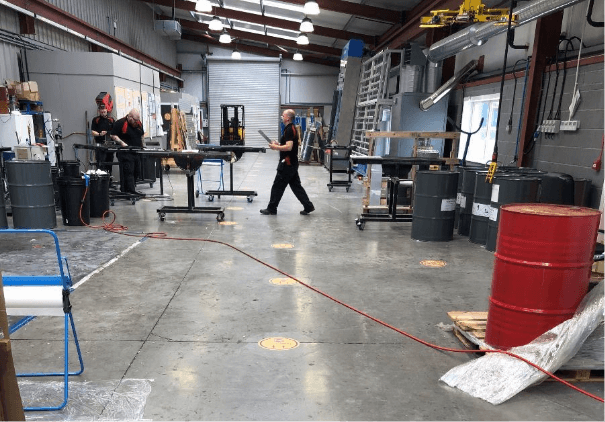
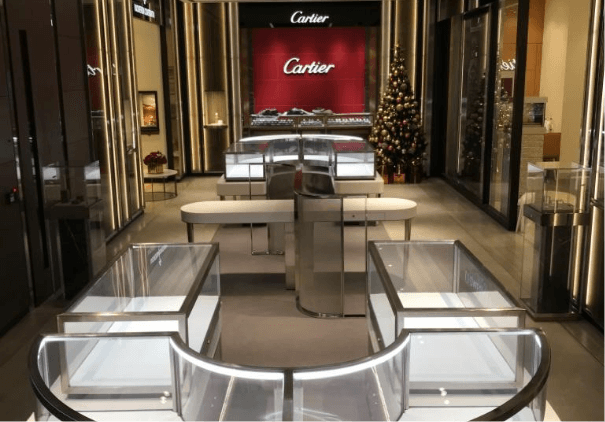
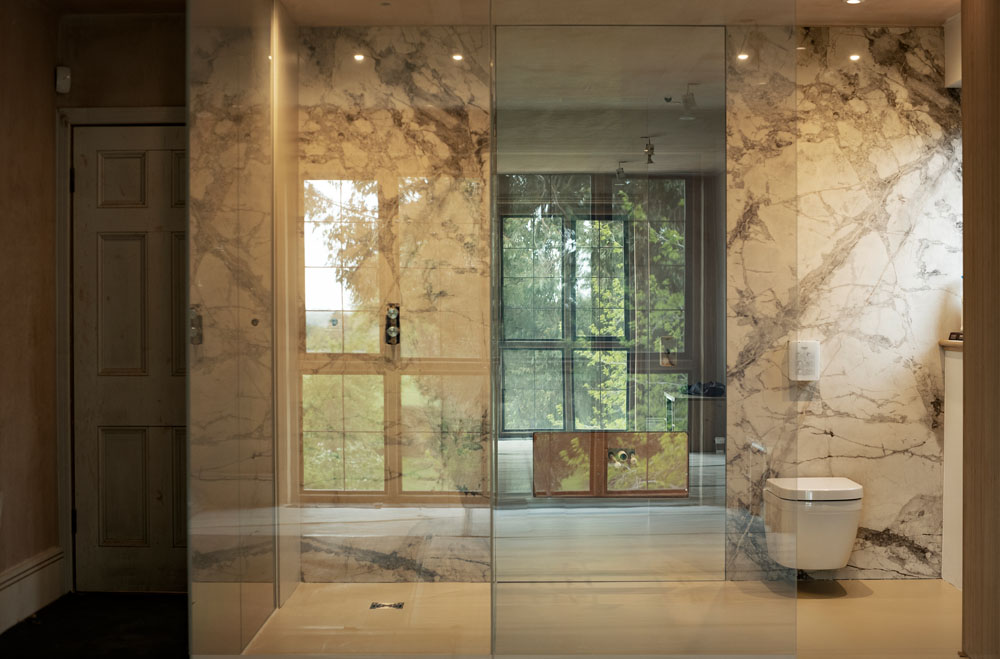
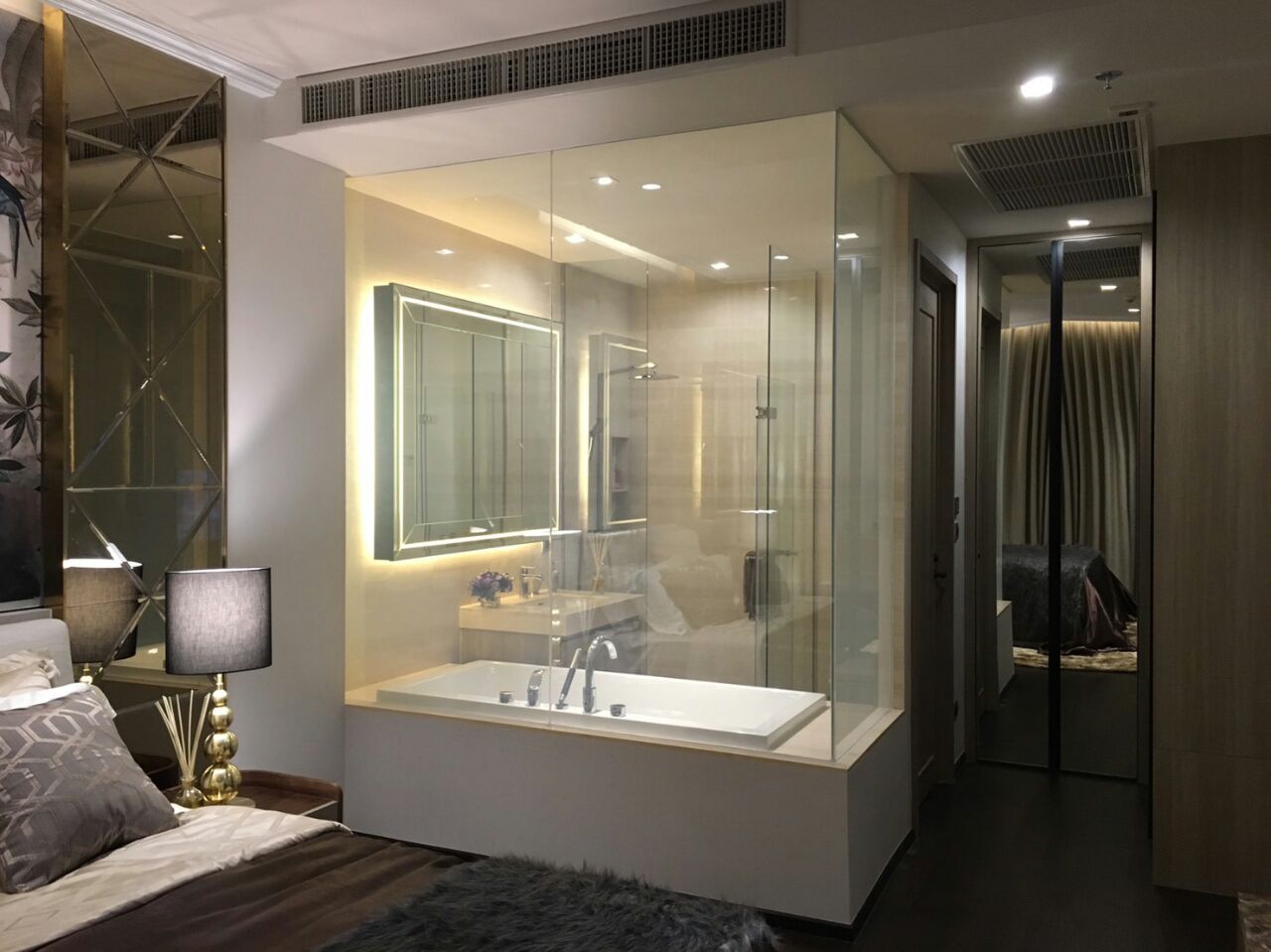
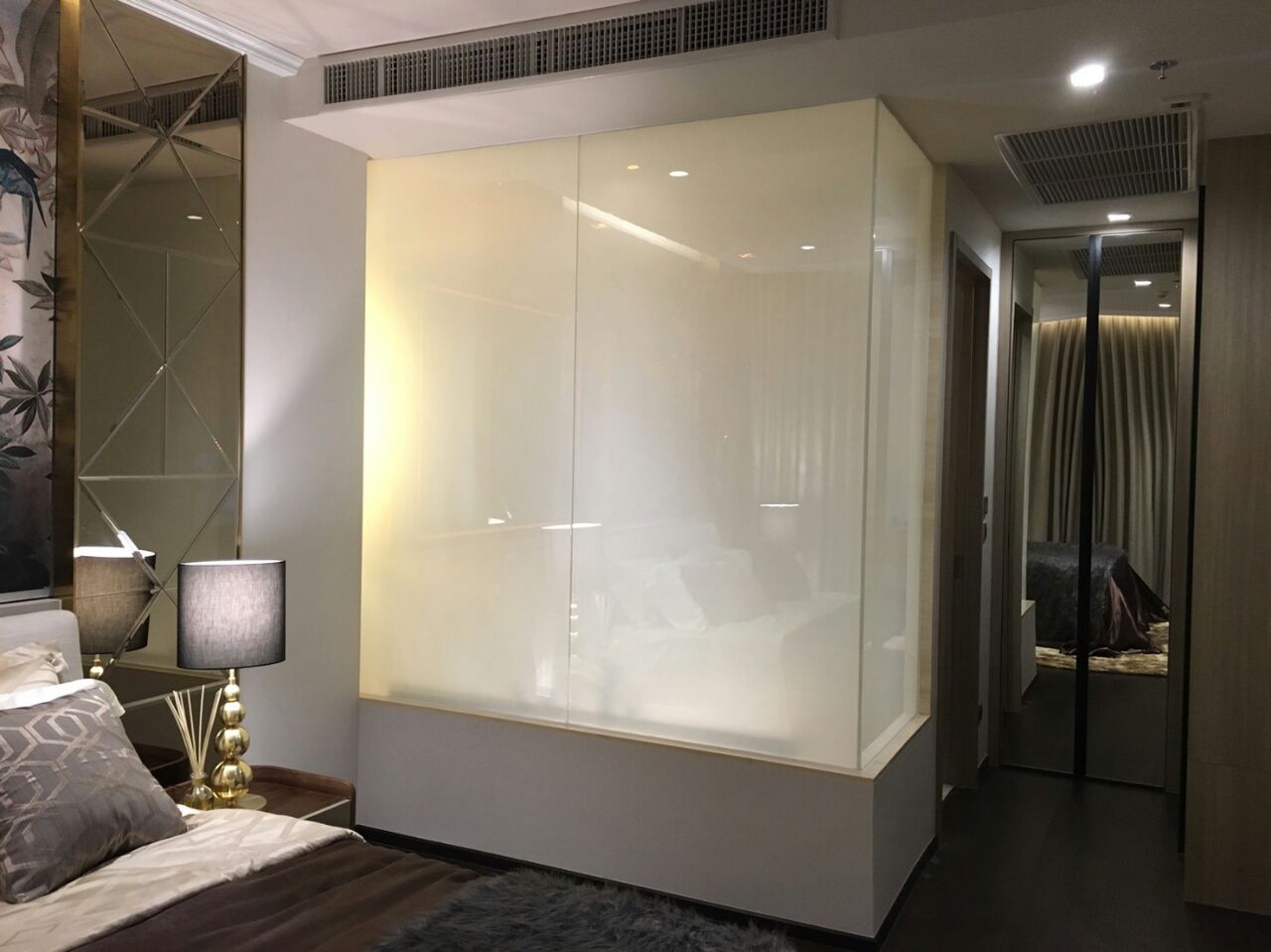
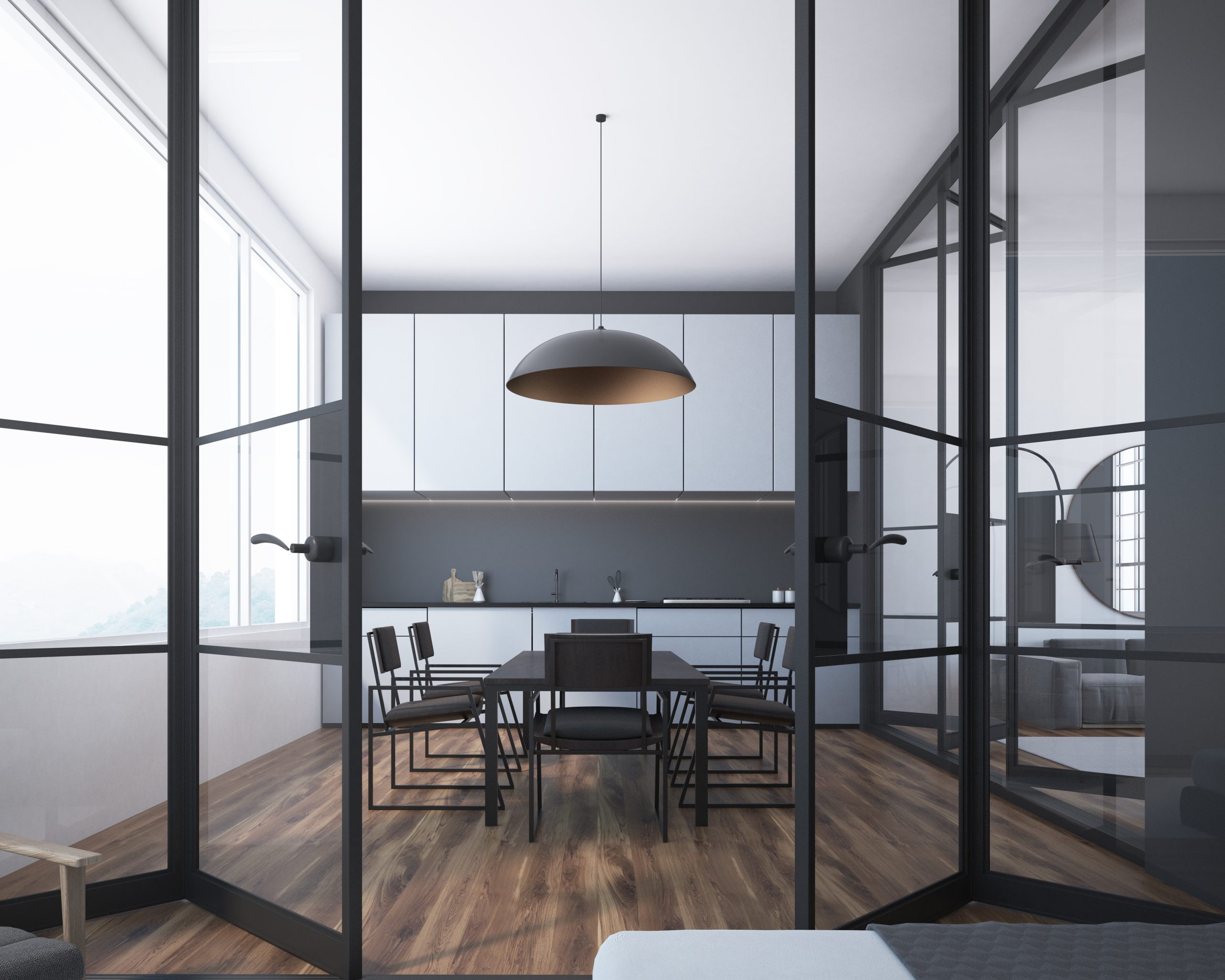
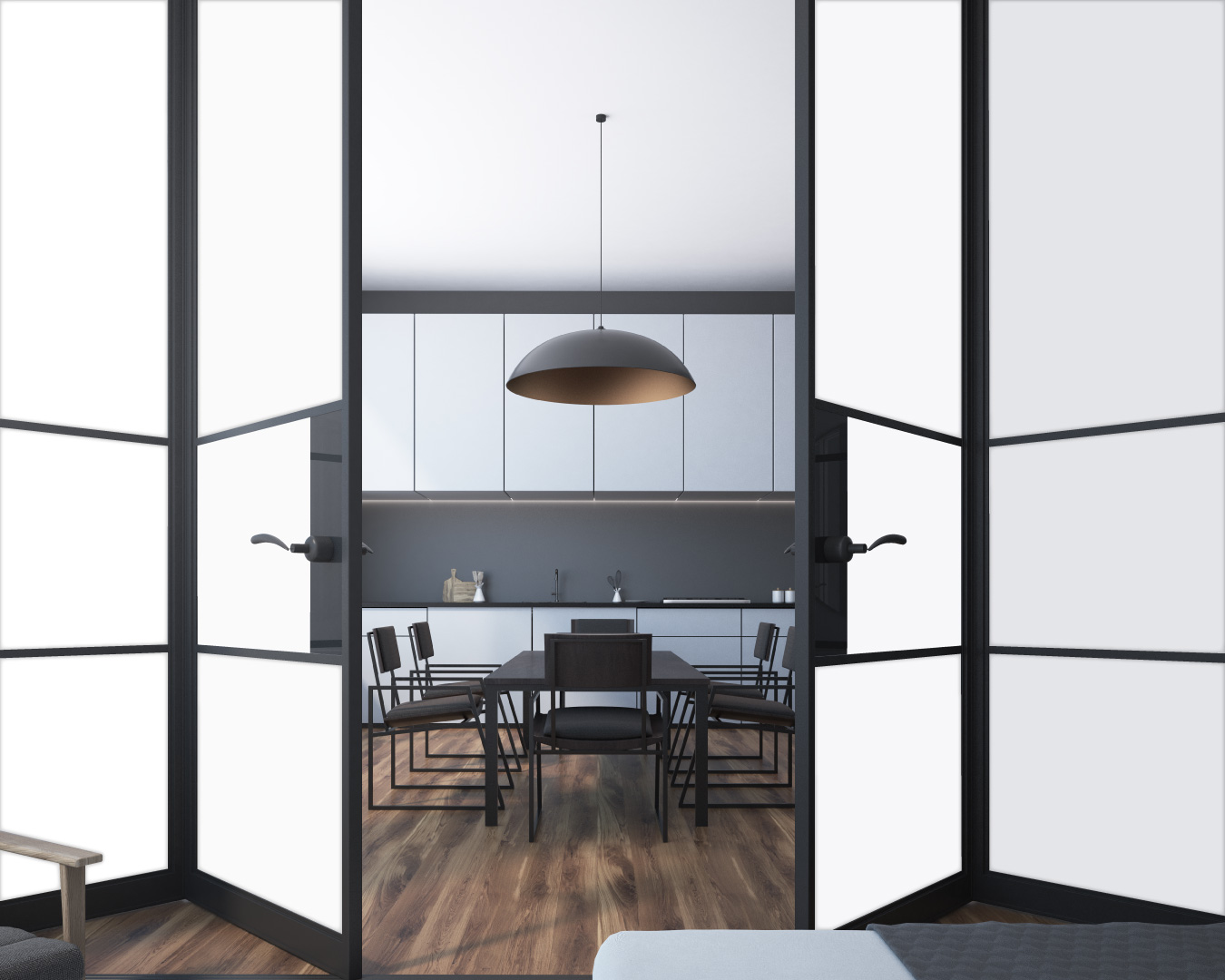
Frequently asked Questions
Our privacy glass works by utilising advanced PDLC (Polymer Dispersed Liquid Crystal) film. When an electrical current is applied, the liquid crystal molecules align, allowing light to pass through, making the glass transparent. When the current is switched off, the molecules mis-align, causing the glass to turn opaque or translucent, providing privacy.
Smart glass provides dynamic control over light and privacy, creating adaptable spaces that cater to various needs.
Yes, traditional glass can be integrated into energy-efficient designs through appropriate insulation strategies.
Electrochromic technology allows smart glass to alter its transparency in response to electrical charges, providing control over light and privacy.
Smart glass offers privacy control, but concerns may arise regarding malfunctioning technology or power outages affecting its functionality.
Yes, it is possible to retrofit existing windows with smart glass technology, though the process may involve some installation complexities.
